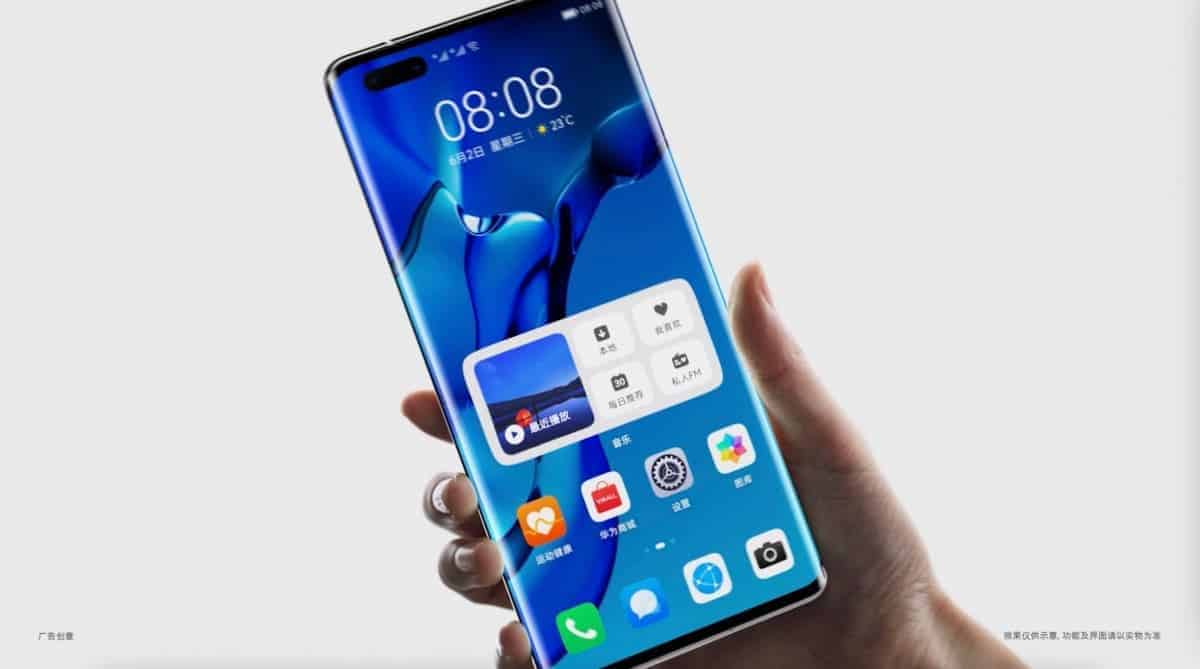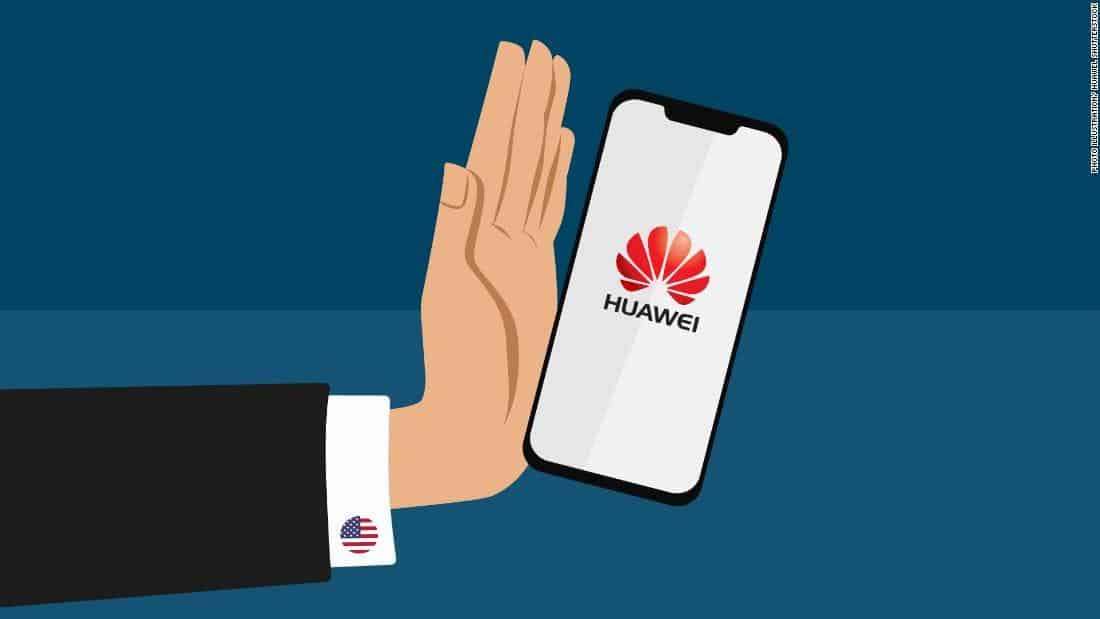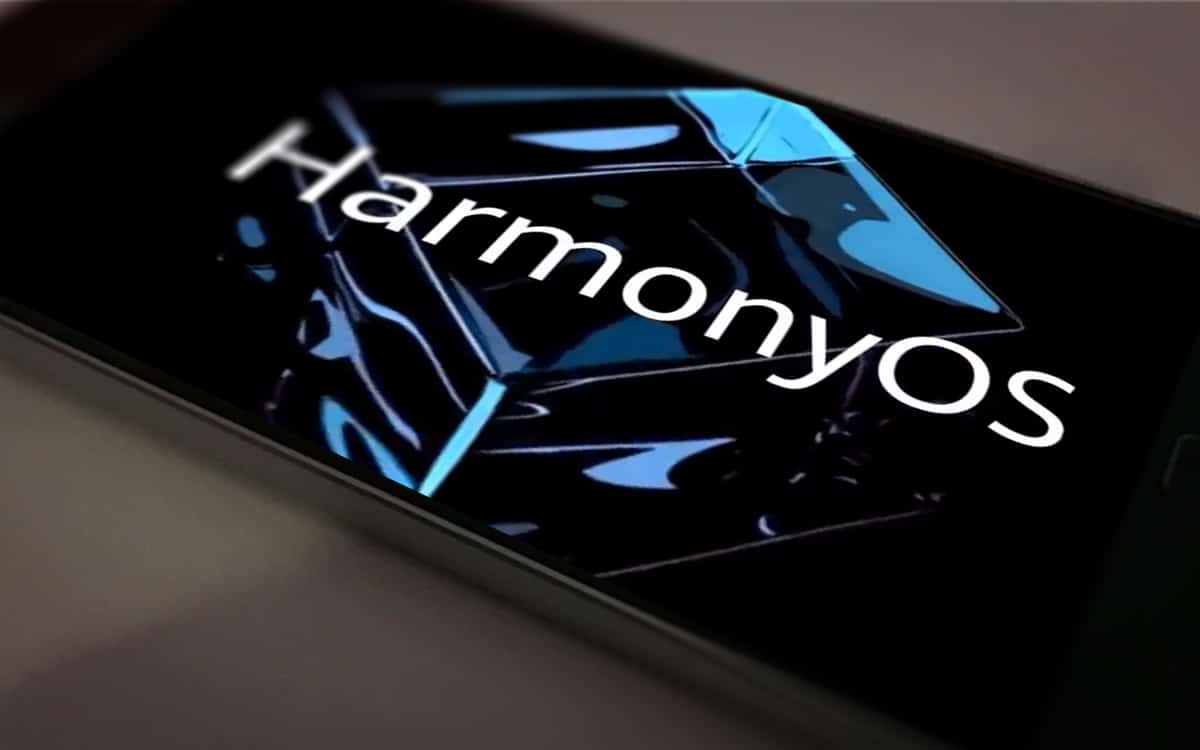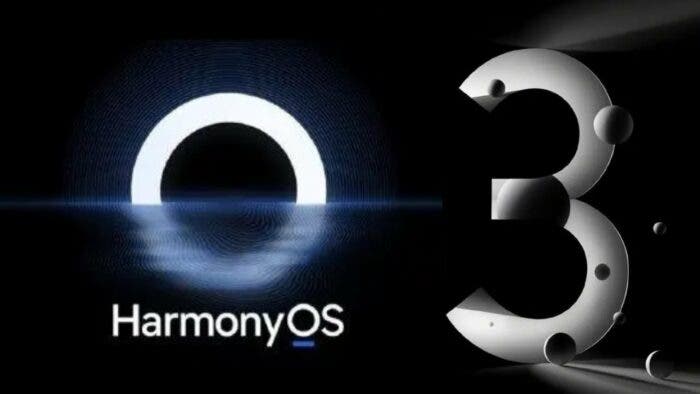In the mobile phone industry, the operating system is one of the most important components. At the moment, there are two major operating systems and that is Android and iOS. While Android is open source and can be used by any brand, iOS is not. One interesting thing about both OS is that they are both owned by American firms. Although China has the largest mobile phone market, it does not have a sizeable OS. As the tension between the U.S. and China continues to grow, it is in the best interest of Chinese mobile phone brands to look for a viable alternative. Just like it did to Huawei, the U.S. govt. could wake up one morning and say “…you are a spy, you can’t use our OS anymore…”

For this and many more reasons, there have been reports that Chinese mobile phone brands are going to launch HarmonyOS mobile phones. The report claims that this is a collective action by many Chinese brands to promote HarmonyOS. However, is this really the case?
Chinese mobile phone brands will join HarmonyOS ecosystem
Insiders in the mobile phone industry have confirmed that many Chinese mobile phone brands will join the HarmonyOS ecosystem. However, this does not mean that they will launch a mobile phone with HarmonyOS. For brands, especially those with IoT products, to join the ecosystem means they can easily cooperate with other brands. This is just a search for an interface of mutual benefit so as to meet the needs of users.

The two most widely used mobile phone operating systems at the moment are iOS and Android. The Harmony system, on the other hand, got off to a relatively late start and is still in its infancy. Although the Harmony system has a lot of potentials, the lack of a solid ecological base at this point is also a development limit. In addition, insiders claim that it would be hard to abandon the current commercial system in order to launch a mobile phone with the Harmony system. It is not feasible to launch mobile phones with third – party systems, at least in the short term, and it may not even be possible. As a result, Chinese mobile phone brands are less likely to use HarmonyOS. Currently, software and links are important sources of income for mobile phone brands. Thus, they can’t just abandon Android overnight. Even if this will happen, it is not going to be anytime soon.
Huawei Harmony OS
Harmony OS is an OS by Huawei which hit the public in 2019. The OS is designed to work on a variety of devices, including mobile phones, tablets, watches, smart homes devices, and more. Harmony OS is based on a microkernel architecture, which allows it to be light and more efficient than regular monolithic kernels. One of the key features of Harmony OS is its system design. This enables devices to work easily in a linked ecosystem. This means that users can share files and resources between devices with ease. Also, tech workers can create apps that work across multiple devices.

Harmony OS also supports multiple coding languages, including C, C++, Java, and Kotlin. This makes it easy for developers to create apps for the system. It also includes a new coding language called Harmony OS DevEco Studio. This is designed to ensure apps are easy to make and improve productivity.
Another notable feature of Harmony OS is its security ability. The OS includes a Trusted Execution Environment (TEE), which provides a secure environment for sensitive data and deals. It also includes support for hardware – level security, such as secure boot and secure storage.

In terms of user experience, Harmony OS has a new UI called HarmonyOS Distributed UI. It is designed to provide a steady experience across devices of different sizes and form factors. It also includes support for advanced features such as voice and facial ID, and natural language processing.





